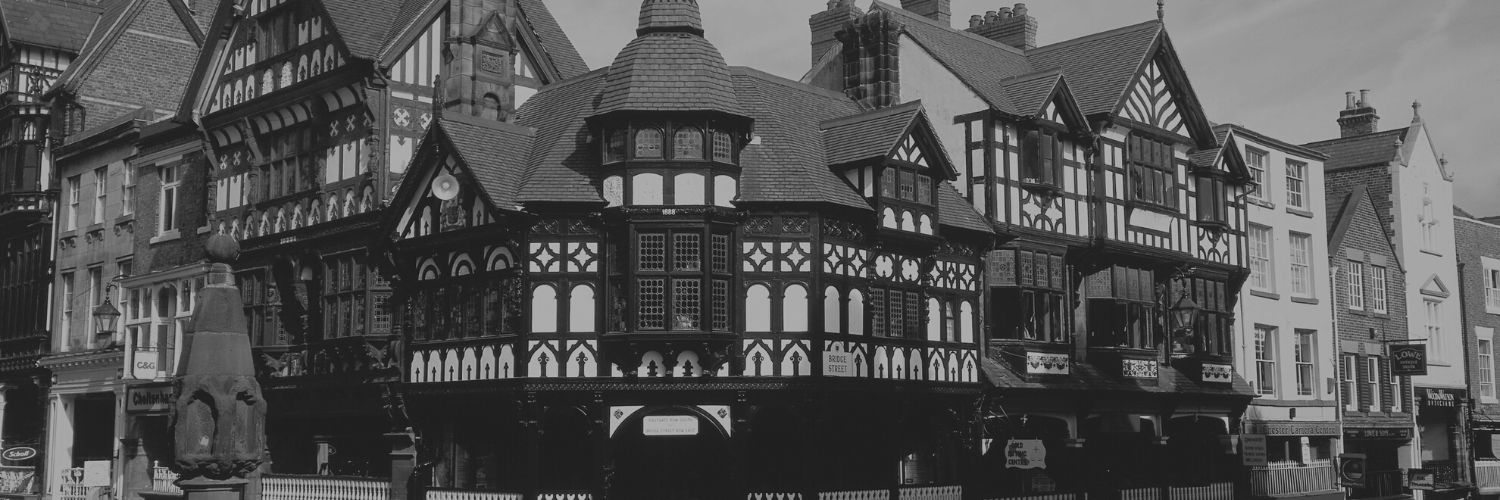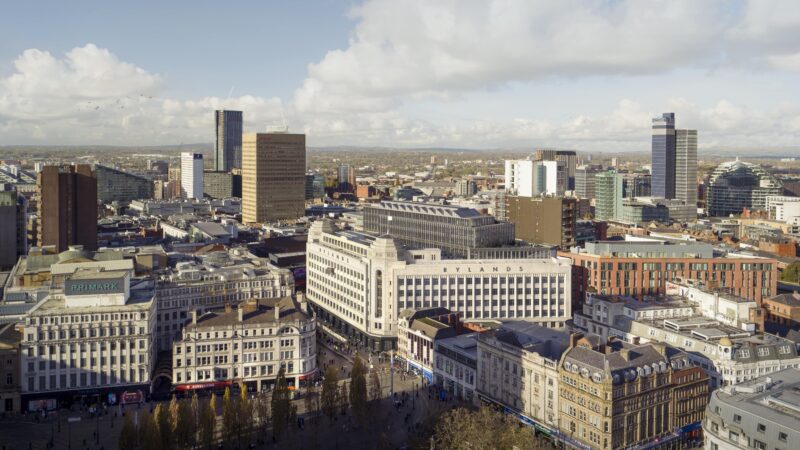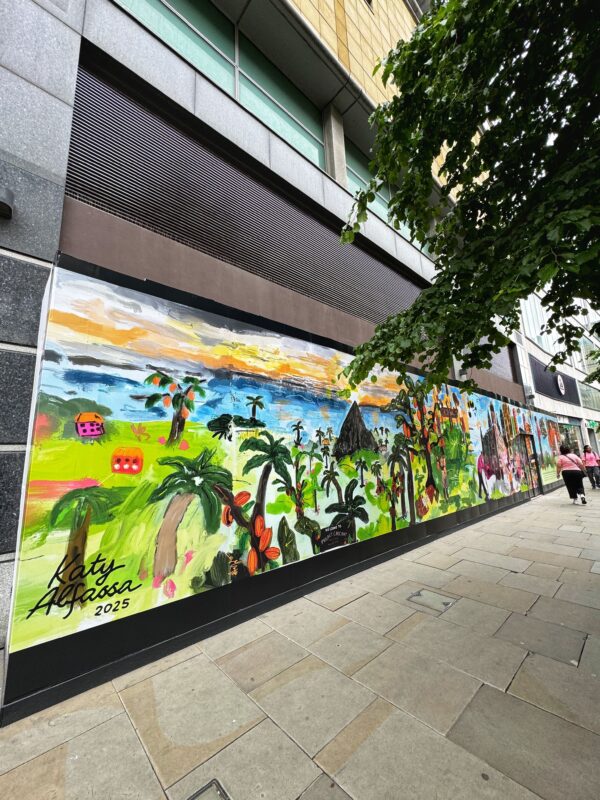Cheshire: Art & Culture

Cheshire has a rich and varied cultural and industrial heritage. We know Cheshire’s history goes all the way back to 70AD, when, according to Ptolemy (a Greek astronomer, mathematician and geographer – show off), the Romans founded what we now know as Chester, the largest Roman fort in Britain!
Nowadays, you can immerse yourself in Cheshire’s historic glory by picking up a map from the tourist office and walking the city’s ancient walls, which give panoramic views of the city and across into North Wales.
But wait, there’s more! Sit down and whip your pens out people because we’re going to give you a History of Cheshire masterclass of all our favourite culture hotspots in the borough.
History of Cheshire Masterclass Lesson #1: Beeston Castle
English Heritage site Beeston castle and woodland park crowns a rocky crag and delivers some of the most spectacular Cheshire views. It’s dramatic, mediaeval, and on a nice day, you can see all the way from the Pennines to the Welsh mountains.
The castle itself has a short climb to the top, where you can peer down into one of the deepest castle wells in England. Legend has it that the well is the hiding place of Richard II’s lost treasure – but don’t try to fish it out! The treasure is thought to have been buried at Beeston in 1399 and has been missing for centuries despite many attempts to find it. Maybe it’s time to crack out the metal detector and give it a go.
Another important part of Cheshire’s history is the enchanting woodland at Beeston that meanders around the castle. It’s a beautiful spot for walkers and nature lovers alike. You may even spot some foxes, rabbits, bats and buzzards and even a peregrine falcon if you’re lucky.
The ‘Castle of the Rock’ exhibition allows you to relive those 4,000 years of Cheshire history. Travel through time from Bronze Age to Beeston’s glory days as a mediaeval fortress and then see its ultimate decline in the Civil War.
You can turn up on the day, but English Heritage suggest booking your place to get the best deals – it’s a bit of Cheshire history you certainly don’t want to miss out on. Oh, and there’s also a cracking pub not far called ‘The Pheasant Inn’ where you can rest your legs and have a nice cold one. Spot on.
History of Cheshire Masterclass Lesson #2: Hack Green Nuclear Bunker
For more than 50 years, hidden deep in Cheshire’s countryside, this bit of history was kept secret. Now the doors to this nuclear bunker are wide open for you to explore. Walk around the labyrinth of rooms with authentic equipment used to run the defence region in the event of a National Emergency still intact.
You can get up close and personal with the Hack Green nuclear weapons display and learn about generations of Cheshire nuclear defence history. There’s even a cinema room where you can view the previously banned film ‘The War Game’ – a 1966 pseudo-documentary depicting nuclear war and its aftermath. The film caused a ruckus in the British government and was withdrawn from its scheduled tv airing debut. The BBC judged that the film was too horrifying for the medium of broadcasting but instead could premier to invited audiences – and now Hack Green is inviting you to see the film in full.
As part of your Cheshire nuclear defence history tour, you’ll be taken to the N.A.A.F.I Canteen for your survival rations and dropped off at the shop to find souvenirs and Cold War items to take home. For kids, there’s the Soviet Spy Mouse Trail and get their Small Spies Training Manual complete with a history of the Cold War.
Head over and uncover the secret underground world of Cheshire’s nuclear defence, a little known history of the area that’s now fully at your fingertips!
History of Cheshire Masterclass Lesson #3: Jodrell Bank Telescopes
Two words: Radio telescopes. Now we’ve got you hooked.
A big part of Cheshire’s scientific and historical past (and present) is Jodrell Bank – famous for its landmark radio telescopes. They detect radio waves emitted by astronomical sources in the sky. It’s actually the 32nd UNESCO World Heritage Site in the UK, and it’s right on our doorstep! There’s a collection of radio telescopes at Jodrell Bank, we thought we’d introduce you to a few.
First up, The Lovell. This bad boy has a 76 metre diameter reflecting surface and has stood tall in Cheshire since 1957. It’s been upgraded a few times, and stands as one of the most powerful radio telescopes in the world. It spends its time investigating cosmic phenomena and collecting data that humans couldn’t have dreamed of when The Lovell was built. It was the first at Jodrell Bank to receive Heritage Grade I listing in 1988.
Next up is Mark II. Why is it called Mark II? We don’t know, but we do know there isn’t a Mark I if that’s what you’re wondering. Completed in 1964, it has a parabolic reflecting surface with an elliptical outline which increases the collecting area over a circular aperture. Translation: Really big round dish collects lots of data. Mark II was the first telescope of any type in the world to be controlled by a digital computer! Now that really is historic. This one gained Heritage Grade I listing in 2017.
Then there’s the 7m telescope which was originally used at the Woomera Rocket Testing Range in Australia. Now it’s used by undergrads at The University of Manchester. It’s used to study emissions from neutral atomic hydrogen in the Milky Way and nearby galaxies and to observe pulsars – which are rapidly rotating neutron stars.
Sounds smart right? You can learn all about these radio telescopes at Jodrell Bank and about Cheshire’s pioneering science history and culture with an out of this world visit.
History of Cheshire Masterclass Lesson #4: The Silk Museum
For those who want a bit of fashion and textiles history, Cheshire’s got a story for you.
The Silk Museum at Macclesfield explores how silk shaped the area for 300 years and even its surprise connection to Ancient Egypt. You’ll be able to discover 19th and 20th Century silk fashions through the costume collection and pattern books.
Did you know that the Macclesfield silk industry played a crucial role in the Second World War? They maintained the vital supply of parachute silk to our soldiers. At the museum you can view their collection of silk ‘escape and evade’ maps used by the RAF. Maps were printed on silk during the war because it was much more durable than paper and could be concealed in soldiers’ clothing easily. At the end of the war fabric was still rationed, so when soldiers returned home with their maps, they were used to make clothing. You can see these rare silk map dresses alongside war memorials, parachutes and other artefacts.
You can also explore Cheshire’s historic textile machinery. Housed at Paradise Mill, there’s 26 iconic Jacquard Hand Weaving Looms housed in their original position. The Silk Museum is home to the more mechanised smith Loom, Rapier Loom and Ribbon Loom, which were used for making tags for Dr Marten Boots! Rock and roll.
The collection includes various other machines from Cheshire’s long silk history. You can see some of the machines demonstrated during tours of Paradise Mill or on Thursdays when fantastic Machine Volunteers are conducting important conservation work at the Silk Museum. Make sure you head over to the museum to learn how the silk industry has been woven into the history of Cheshire (no apologies for the pun).
History of Cheshire Masterclass Lesson #5: A million and one National Trust properties
Alright, it’s not exactly a million and one, but there’s still a lot. We’ll give you just a few so you get a good bit of Cheshire history, culture and beauty all in one.
Little Moreton Hall is an iconic Tudor Manor House. Its topsy-turvy timber frame has defied logic for 500 years, engineers in 1990 could not believe their eyes that the house was still standing. But it is. You can now step foot in this higgledy-piggledy house and discover what everyday Tudor life was like.
On your visit, you’ll be able to chat with the costumes Living History team who will be sure to give you a flavour of Cheshire Tudor history. The grounds are knot just any garden, but an Elizabethan style knot garden where herbs and vegetables grew for Tudor cooks to use.
Once you’ve had a Cheshire style Tudor history lesson, then it’s time to head to Quarry Bank for some Industrial Revolution era. The huge cotton mill was the heart of working life at Quarry Bank, and now you can visit it and watch the historic machinery thunder into action – the floors will literally shake beneath your feet.
Learn about how Samuel Greg founded his cotton empire and discover the story of the cotton trade. There are also stories that help us to understand the hardship faced by employees who worked at the mill with dangerous machinery and long working hours.
You’ll also experience the story of power: water and steam. The ingenuity of engineers was essential to the early Industrial Revolution. In their galleries you can explore how the mill was powered and the brains behind the technology that made Britain a global leader in the textiles trade.
If you’re all historied out after those visits, then you might like to make your next visit a park visit. Tatton park has beautiful blooming gardens and seasonal activities which change all the time! Past activities have included meeting newborn piglets on the farm, a tour that revealed the secrets of the old mill, a mindfulness walking experience, DogFest (self-explanatory), and an exhibition about the servants of the Mansion back in the day. Whatever activity you do at Tatton, it can be tied up with afternoon tea at The Gardener’s Cottage.
Cheshire leaves outdoorsy type’s spoiled for choice so, if you don’t fancy Tatton, then there’s Dunham Massey too, an ancient deer park and house filled with treasure and stories! You can enjoy walking in the 300 acres of ancient parkland to see the beautiful deer and of course your four legged friends are welcome!
If you want to keep up with all things Cheshire, make sure you follow us on Instagram, Twitter and Facebook.
More Cheshire




